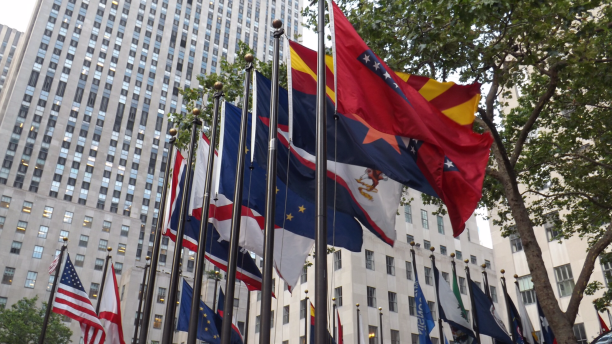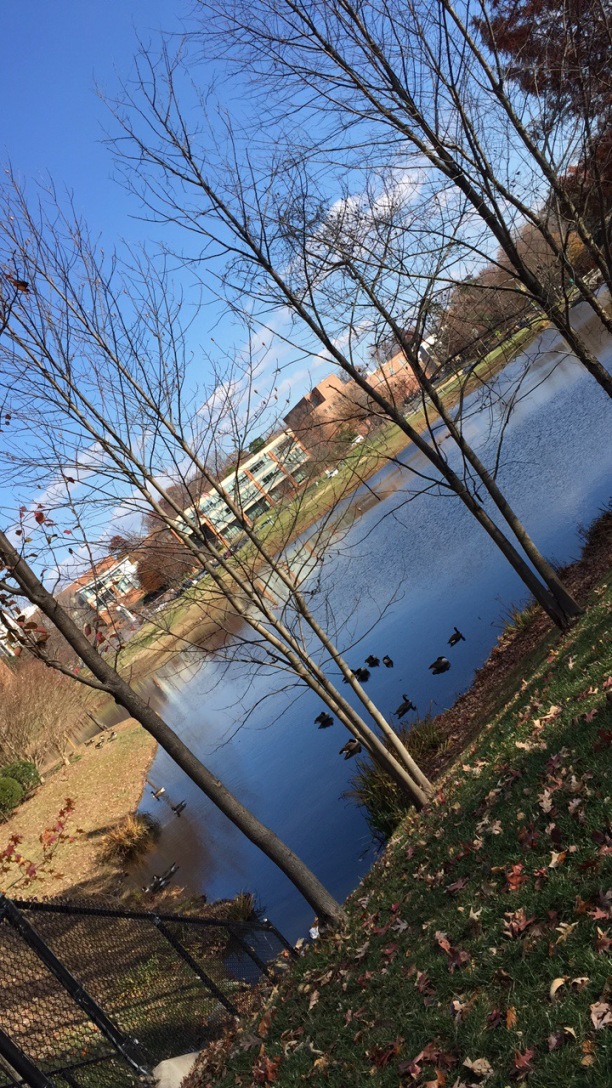
International week celebrates the diversity on the George Mason University (GMU) campus every April (International Week, 2016). The event categories that are held during this week are doing culture, talking culture, tasting culture, and viewing culture (International Week). By viewing all of these events from different parts of the world shapes our campus culture to be more diverse and aware of how the world operates and how to feel more included in world events or culture.

George Mason is the home to many citizens from all over the world. According to the Office of International Programs the regions represented at GMU is Central American and the Caribbean, East Asia, Europe, Middle East, Northern Africa, Northern America, South America, South and Central Asia, South East Asia and Oceania, and Sub-Saharan Africa (Office of International Programs and Services, 2015). Totaling 2,885 students from outside the United States that can bring us a diverse community and teach us of other countries (Office of International Programs and Services). Our campus is not only diverse from states around the United States but from around the world- teaching us their homeland traditions and showing us how they grew up.
Some of the ways that GMU ‘does culture’ is with the “iWeek Parade, Zumba-thon, and Sports Tournament” (International Week, 2016). The parade includes a march of students “displaying a flag, carrying an artifact, or wearing attire that represents [their] nationality, ethnicity, heritage” (International Week). This is a simple way of showing other students on campus simple things from the student’s home country. Another way of ‘doing culture’ is through sports. Some of the sports that were available for participation or to watch in 2016 were: cricket, Ga-Ga, Zumba, Badminton, and soccer. These are traditional sports from around the world that some of our fellow students have participated in while living in their home countries.
Some of the ways of “Talking Culture” during International Week in 2016 is “lectures, forums, and workshops” (International Week, 2016). Some of these talks are from experiences from traveling abroad and others from studying abroad. This would be a great time for a student who wants to travel abroad but unsure of where to travel; they can hear life stories from students from these places or stories from students that have traveled abroad in the past. Sometimes we can learn an area the best by hearing past experiences of students who have been there or are from there instead of the internet or outside sources.
With the “tasting culture” students from all over the world have set times and locations to bring original dishes from their home countries. This exposure to other cultures allows us to grow our taste palette over our time and can expose us to food from places we may never see in our lifetime. Some of the most original meals are not made in a restaurant but in the homes of the natives of the land. Natives of countries that we have on campus are able to make the most original food from their countries. This can also help students who are looking to travel abroad they are able to have a sampling of the food from the country they are interested in traveling to.
The last and possibly biggest part of International Week is the ‘viewing culture’ part. This part of International Week has “film screenings, a fashion show, and dance competition” (International Week, 2016). Native films from all over the world are shown at different locations across campus to expose our student body to different types of movies that are made across the world. Not everyone would think of movies from any place but Hollywood, California but there are many iconic locations that movies are filmed all over the world. During International Week George Mason University students are able to get a glimpse at movies that are typically seen in other countries around the world. Some of the countries where the movies came from are: Bollywood, Germany, and Kyrgyzstan. The fashion show gives the student body a chance to see typical clothing from around the world. Some countries have traditional clothing that is worn for special events or even everyday depending on the culture of the country. This is a time for students to be exposed to clothing from around the world and the names of different of the articles of clothing.
The dance competition takes place at night at the Center for the Arts (International Week, 2016). The dance competition takes traditional dances from all over the world and students that are from those countries are able to perform them for their peers.some of the countries represented in the 2016 dance competition were: Ireland, India, Pakistan, Nepal, and Afghanistan. We are able to get first hand exposure to traditional dances from all over the world that we may have never seen or heard of before. The most interesting part of all of the dances is that our fellow student body is from their family homeland.
We may not think that our student body is from around the world but we are. We have almost 3,000 students that have traveled from other countries to further their education at our university. While we may talk to International students while walking across campus or while in class we may never truly know about their homeland until International Week. This week is filled with culture rich events that teach us about the entire world and how it operates. We can learn things from traditional clothing to traditional foods to traditional dances. All of these things we may have been exposed to from the Internet or others talking about it but may not have had the opportunity without participating in International Week while at George Mason University. Traveling abroad can be very expensive for students and we may only get to travel once or twice in our lifetime so we should be exposed to different places while in college to travel to the places that interest us the most. If we are not able to make it to these countries we can at least be exposed to the culture while at GMU.
While participating in International Week at GMU if any questions arise about a tradition or a dance or just something general about a country or area we should be able to find someone who has the answers to help us learn more about these unknown areas. We will become familiar with what countries International students are from and we will be able to direct those country questions to those students, if any shall arise.
Works Cited
Office of International Programs and Services. (Fall 2015). George Mason University. Fairfax, VA. Retrieved from http://oips.gmu.edu/oips-data-report/
International Week 2016. (Last Updated Fall 2016). International Website of George Mason University. Retrieved from iweek.gmu.edu
[George Mason University]. (April 11, 2014). International Week: Dance Competition. [Video File]. Retrieved from https://www.youtube.com/watch?v=IaDM_i9u9yz8